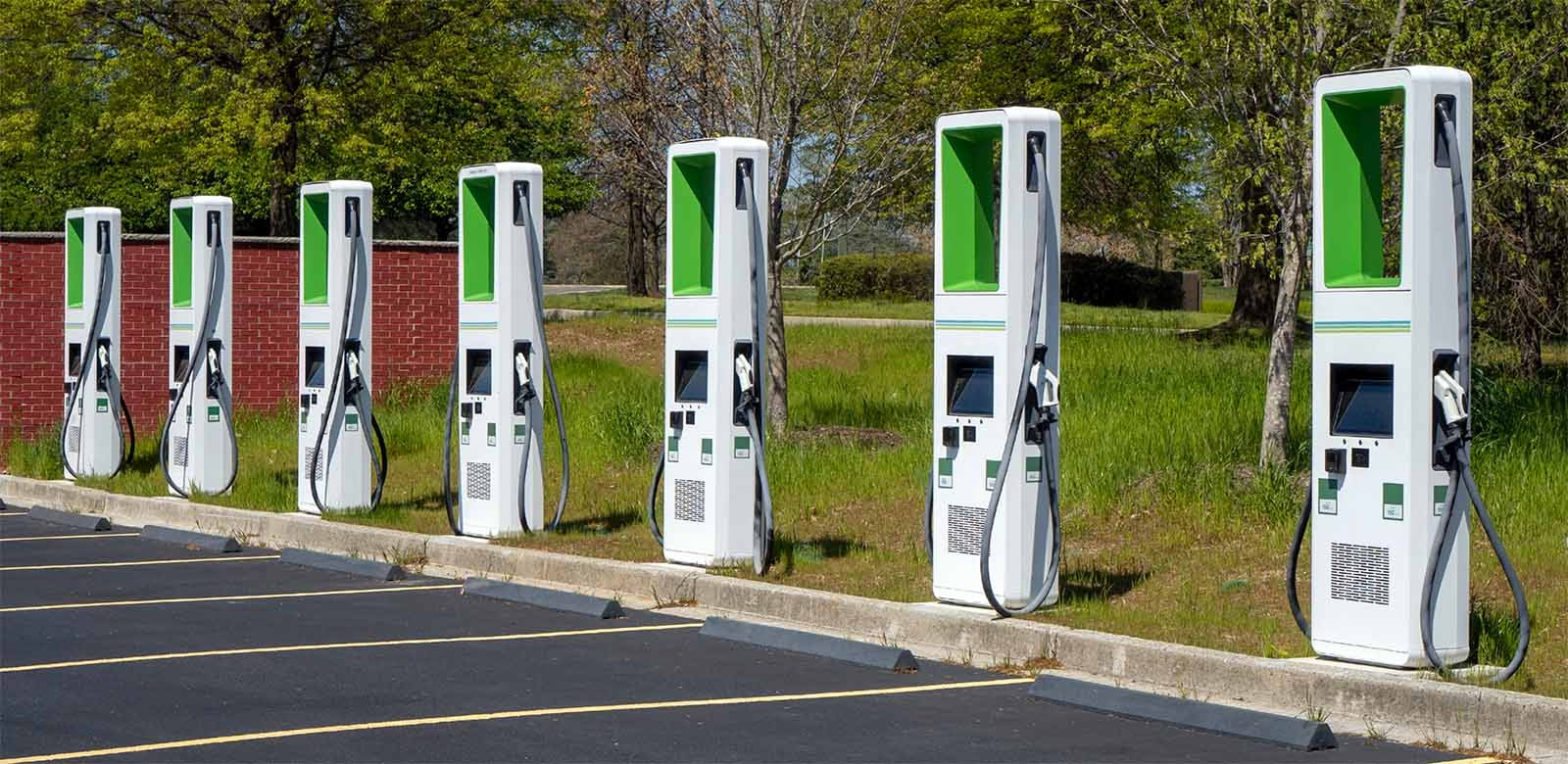Federal and state electric vehicle (EV) subsidies are intended to increase access to EVs and EV service equipment (EVSE) through public investment. However, when there are no eligibility requirements for subsidies, public investments predominantly benefit wealthier individuals and communities.
Recent research highlights the need to modify EV purchase incentives — or even outright replace them with community-focused programs — when they overwhelmingly direct funds to high-income households. In this blog post, we outline the steps that Colorado is taking to ensure that equity is at the forefront of its EV/EVSE policies and investments. These steps will be helpful for other agencies to consider as they make decisions around electrification in their states.
Vision for an Equitable Zero-Emission Future
Colorado has taken major steps to reduce greenhouse gas (GHG) emissions by 50% from 2005 levels by 2030. To meet this goal, Colorado is focusing on the transportation sector, which is responsible for the majority of GHG emissions in the state. Colorado offers some of the most generous EV incentives in the country and will soon expand its offerings to include greater support for fleets, replacement of high-emitting internal combustion vehicles, electric school buses, and more.



